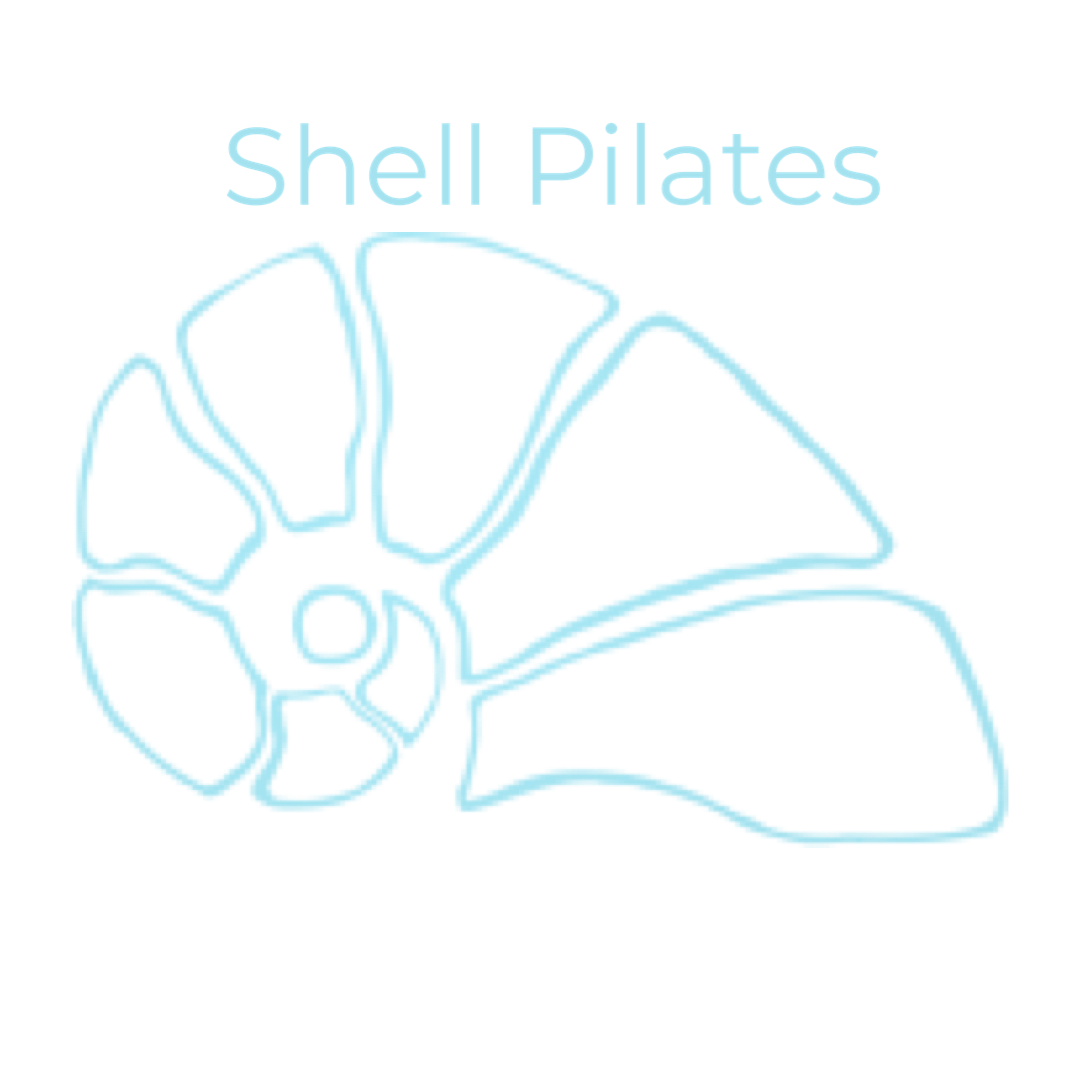All About Anatomy..... The Head & Neck.
- Shell Pilates

- Jan 25, 2023
- 2 min read

It is thought that the head and neck are moved 600 times an hour, whether awake of asleep.
The neck, or Cervical spine, acts as the shock absorber for the brain and protects various neural structures, so naturally it is easy to understand why having good cervical alignment is important.
In the modern world forward head posture is becoming more common place. Think about your head and neck posture right now...as most of us spend more and more time focused on computer screens and our mobile devices our heads are in this forward position for longer periods of time. But I ask myself is screen time really to blame for forward head posture? Or do we naturally gravitate to this type of posture when focusing on what we are working on? I look back at the time I spent studying and working in the design/ craft industry and the hunched over position I so often adopted. The school teachers I worked along side in the education sector, who hunched over text books marking for hours every week. Listening to my husband telling me how his neck and back ache from twisting and straining all day long working in the trade industry.
Regardless of our personal daily tasks and habits it is important to note the neck is a very flexible part of the body with a heavy weight on top! ... Thus the surrounding muscles need to be strong and equally balanced to ensure it is stable.
But why is forward head posture a problem? When the head is forward everything in the neck is elongated, which can effect the optimal function of the nervous system, vascular system and the respiratory system. Often people will suffer from some form of pain, headache and have poor breathing patterns, which in turn is associated with many other aliments and conditions.
How do you start to improve your forward head/ neck posture? As many of the neck muscles start in the Thoracic spine/ Scapulae area relaxing tight and over worked muscles in this location is a good starting point. What is more nerves connected to sight are linked to the deep stabilising muscles of the neck – so keeping your eyes open when exercising actually helps to improve the strength of these important muscles. These deep stabilising muscles are also important to fine tune the motor skills of the head and upper neck - something as simple as touching your tongue to the roof of your mouth can help them activate!
Image Attribution <a href="https://www.freepik.com/free-photo/human-spine-design_879671.htm#query=cervical%20spine%20and%20head%20anatomy&position=5&from_view=search&track=ais">Image by kjpargeter</a> on Freepik



Comments